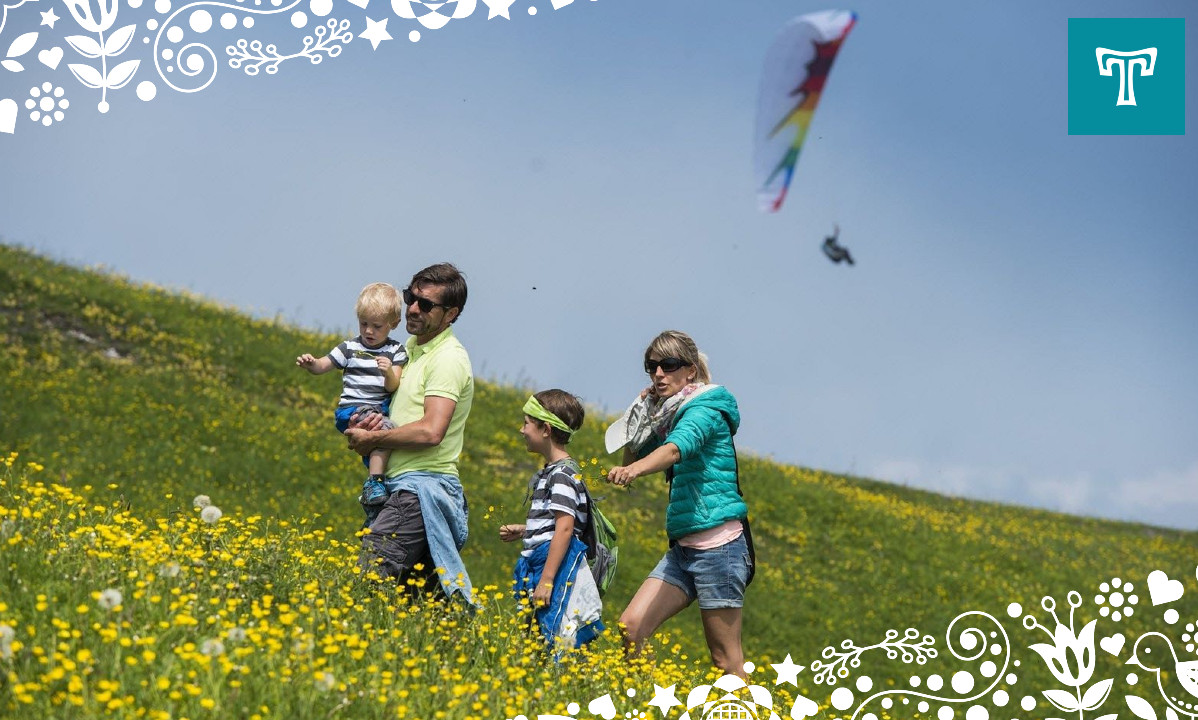In today’s busy world, spending quality time outdoors with family is more important than ever. Whether you’re planning a hike, picnic, or camping trip, ensuring the safety of your loved ones is paramount. This comprehensive guide provides essential outdoor safety tips for family outings, empowering you to enjoy nature while keeping everyone safe.
Introduction
Embarking on outdoor adventures with your family is an excellent way to bond, explore nature, and create lasting memories. However, it’s crucial to prioritize safety to prevent accidents and ensure a smooth and enjoyable experience for everyone involved. From sun safety to wildlife awareness, this guide covers a range of essential tips to help you navigate outdoor excursions with confidence.
Planning Safe Family Outings
Researching the Destination
Before heading out, research your chosen destination to familiarize yourself with the terrain, weather conditions, and any potential hazards. Look for family-friendly trails and recreational areas that offer amenities such as restrooms and picnic areas.
Creating an Itinerary
Develop a detailed itinerary outlining your planned activities, estimated duration, and designated meeting points. Share this itinerary with family members or friends who are not joining the outing to ensure someone knows your whereabouts in case of emergencies.
Packing Essential Safety Gear
Pack a well-stocked outdoor safety kit containing essentials such as first aid supplies, insect repellent, sunscreen, navigation tools, and emergency contact information. Additionally, bring ample water, snacks, and clothing appropriate for the weather conditions.
Sun Safety
Using Sunscreen
Apply a broad-spectrum sunscreen with an SPF of 30 or higher to protect against harmful UV rays. Reapply sunscreen every two hours, especially after swimming or sweating, and seek shade during peak sun hours between 10 a.m. and 4 p.m.
Wearing Protective Clothing and Accessories
Dress yourself and your family in lightweight, breathable clothing that covers exposed skin. Opt for wide-brimmed hats, sunglasses with UV protection, and lightweight long-sleeved shirts and pants to shield against sunburn and heat exhaustion.
Seeking Shade and Staying Hydrated
Encourage frequent breaks in shaded areas to rest and cool down, particularly on hot and sunny days. Bring plenty of water and hydrate regularly to prevent dehydration, heatstroke, and other heat-related illnesses.
Water Safety
Choosing Safe Swimming Locations
Select designated swimming areas with lifeguards and clear signage indicating water depth and potential hazards. Avoid swimming in unfamiliar or unmarked bodies of water, such as lakes or rivers, where hidden dangers may lurk beneath the surface.
Supervising Children Near Water
Assign a designated adult to supervise children whenever they are near water, including pools, lakes, and beaches. Maintain constant visual contact with young swimmers and ensure they wear properly fitted life jackets when boating or participating in water activities.
Ensuring Proper Use of Life Jackets
Equip children and non-swimmers with U.S. Coast Guard-approved life jackets that fit snugly and are appropriate for their weight and size. Encourage everyone to wear life jackets while boating, kayaking, or participating in water sports for added safety.
Wildlife Awareness
Identifying Potential Wildlife Hazards
Educate your family about common wildlife species and potential encounters, such as snakes, bears, or insects. Teach them to recognize warning signs and behaviors and how to respond calmly and appropriately in wildlife encounters.
Maintaining a Safe Distance
Encourage your family to admire wildlife from a safe distance and avoid approaching or feeding wild animals. Respect their natural habitat and refrain from actions that could provoke aggression or endanger both humans and animals.
Proper Food Storage to Avoid Attracting Wildlife
Store food and trash securely in sealed containers or bear-proof canisters to prevent wildlife from accessing your supplies. Dispose of waste properly and avoid leaving food unattended, especially at campsites or picnic areas.
Stay tuned for the continuation of this article! We’ll cover more crucial outdoor safety tips for family outings, including trail safety, weather preparedness, first aid basics, emergency preparedness, vehicle safety, and hygiene and sanitation.



